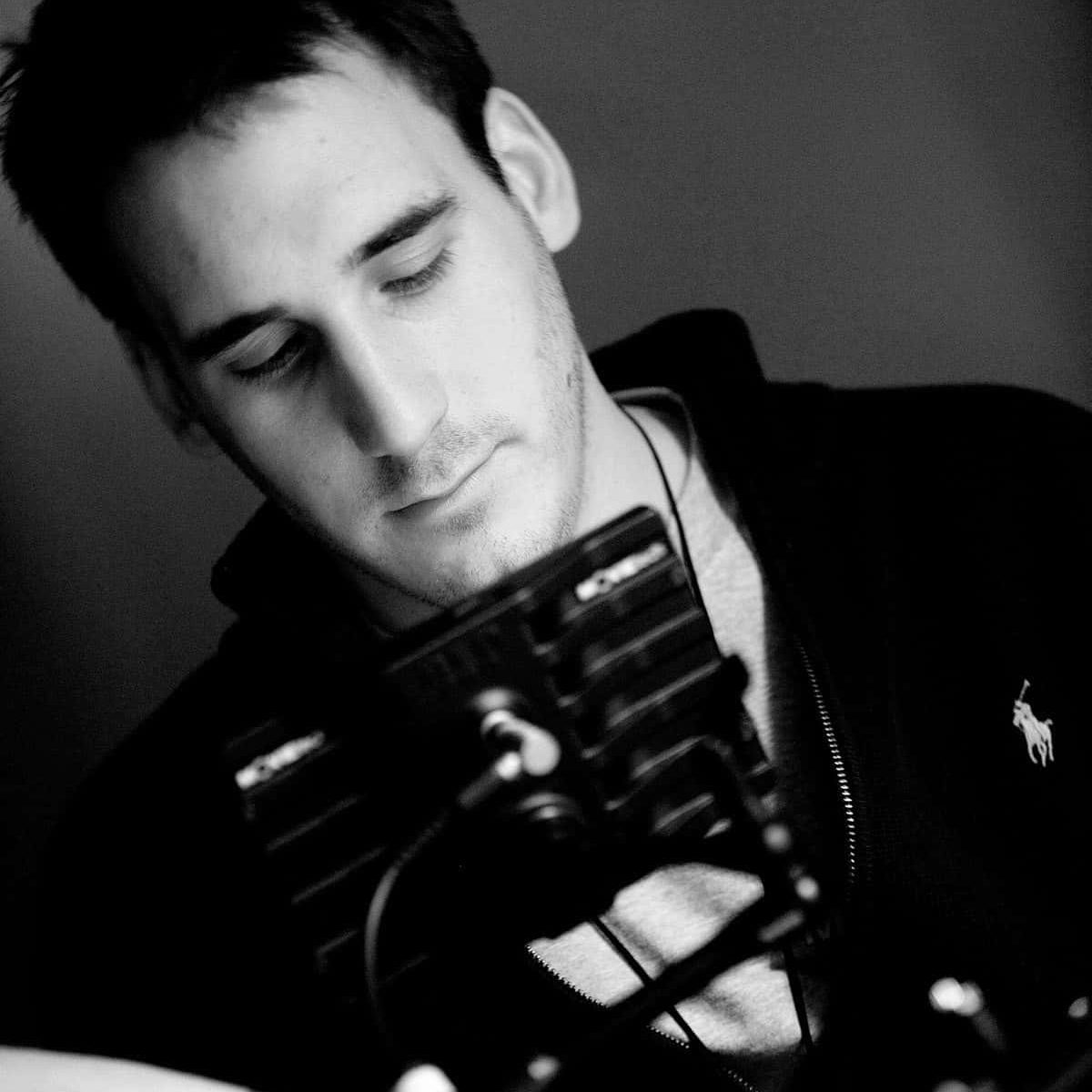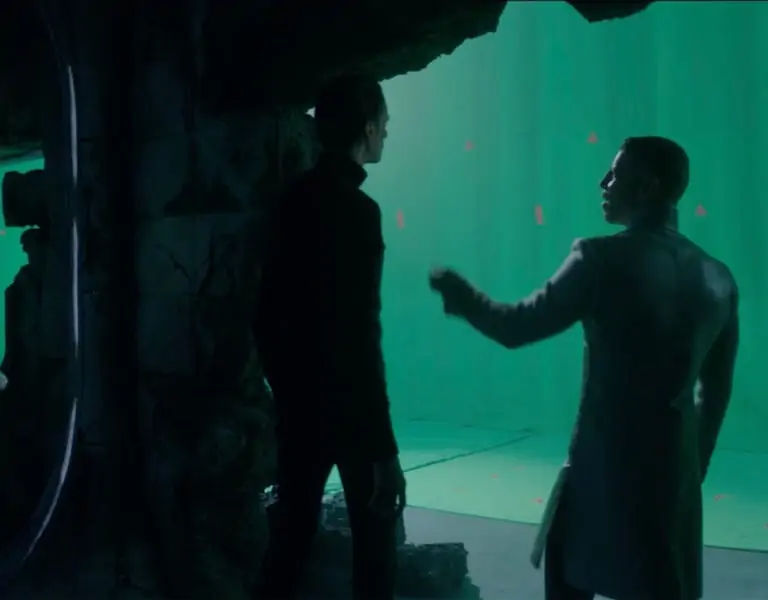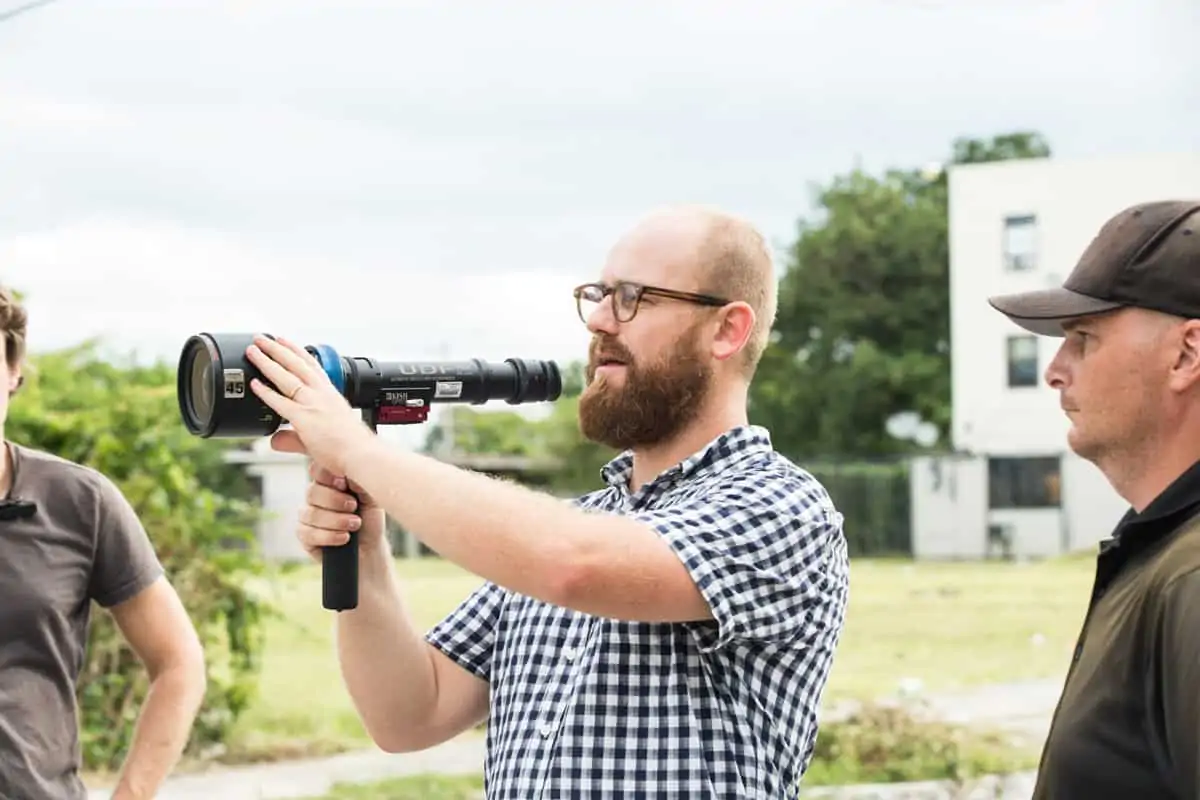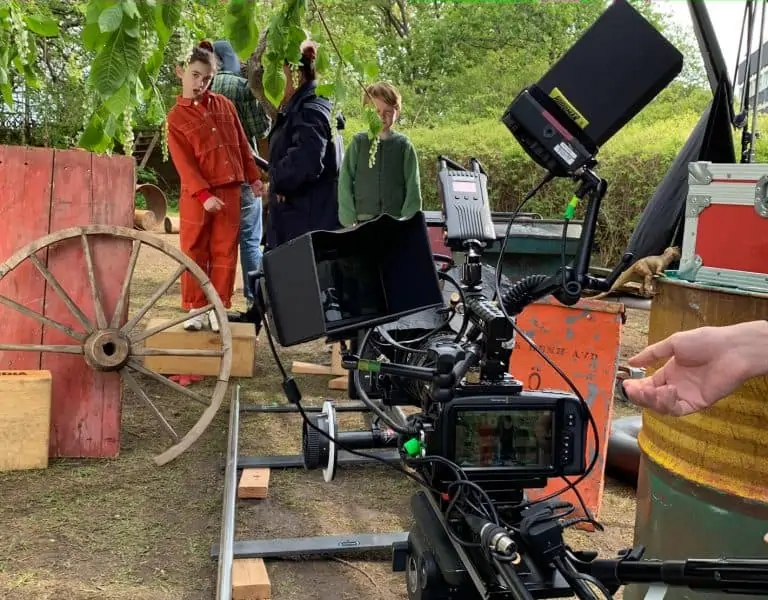Close Connections
James Friend / Ghost

Close Connections
James Friend / Ghost
Principal photography on Ghost (working title), the feature film debut from writer/director Craig Viveiros (Vengeance) completed recently in London.
The film stars an award-winning cast led by John Lynch (Sliding Doors, Mo), Martin Compston (Red Road, Sweet Sixteen), David Schofield (Pirates of the Caribbean, Gladiator), Craig Parkinson (Four Lions, Control) and Art Malik (The Wolfman, True Lies), who also has an executive producer role.
A Motion Picture House and London Film & Media production, Ghost is produced by Rupert Bryan (Baseline). It tells a story of survival inside a British prison. Jack (Lynch) has kept his head down and almost done his time. But his family life on the outside is falling apart; he lost his son in an accident a year ago, and now his wife is leaving him. The only thing that keeps him from going under is the arrival of a new young prisoner, Paul (Compston). With the help of his cellmate Ahmed (Malik), Jack tries to protect Paul from the sadistic attention of violent wing-king Clay (Parkinson). But as they learn more of each other’s lives on the outside, it becomes clear that Paul may have a closer connection to Jack than he could ever imagine.
The film was shot by 24-year old cinematographer James Friend, whose burgeoning list of credits include Expose, Martin Kemp’s directorial feature film debut, and Just For The Record, a music industry mockumentary starring Ric Mayall, Danny Dyer and Steven Berkoff, directed by Steve Lawson. Friend graduated as an electrical engineer before working under the tuition of renowned cinematographer Paul Wheeler BSC GBCT FKBS. He gained experience working on short films and television, and is currently in pre-production on Big Cats!, his tenth feature film, which will shoot at Pinewood Studios.
Friend's long-term collaborator Viveiros, also equally young at 23, initially developed the idea for a short film that he had written and the pair were going to shoot it during 2009. (Viveiros began his film career in the camera department working his way up through the ranks, and at 19 directed his first short film Stereostep for C4, followed by Back to Back, which received wide critical praise.) However, Viveiros and Friend both felt that they couldn’t do the story the justice that it deserved in under 20 minutes. So when a feature film project they were both attached to in January 2010 was pushed back, they saw a window of opportunity and moved forward on their passion project.
“Ghost was a story we were both really keen on telling," says Friend. "Set entirely in a prison, it seemed to be a fascinating and foreign environment to create, with so many possibilities to use the surroundings to help carry the story, as well as one of the most intriguing places to photograph."

"Set entirely in a prison, it seemed to be a fascinating and foreign environment to create"
- James Friend
Viveiros locked himself away in the countryside, and turned the script around at an alarming rate – less than a week. "We had already approached film producer Rupert Bryan (The Hike) and Art Malik (Vengeance), with whom we had both recently collaborated, and asked them if they would support us," says Friend. "I will never forget when the four of us sat together in a room for the first time late one night, with the script that was less than a week old, and it became very apparent that this film was going to get made - and soon."
Because of the nature of the story, the film is set almost entirely in a prison, and therefore has only one principle location. Shooting took place on a sound stage in Merton Studios, where the production designer Danny Rogers amended the prison set to the director and cinematographer's specifications. The production also shot for a week on location and a day on U-stage at Pinewood.
When asked about creative inspirations and references, Friend remarks, "My main personal inspiration was the breathtaking work of both Rob Hardy and David Higgs BSC's on the Red Riding trilogy. But Craig and I didn’t really look at any prison movies for inspiration. Many others have been done so well, and we were conscious that we really wanted to try something new. The closest reference was a documentary about prison made by prisoners, using a DV camera and shot in entirely available light. We wanted this film to look as natural as possible. The most challenging aspect of photography was Craig asking me to 'light the space to look as if it was not lit'. He also handed me a distressed Polaroid that he had taken on a night train pulling into Victoria station. We took the rest from the pages of the script and our instincts.
"In the pre-light, I was dreaming of my 18mm symmetrical wide of the wing with the perspective of all the practical fluorescents above each cell door. But Craig wouldn’t let me. He said, 'Your wide is on a 75mm, handheld back here panning across the wing with people crossing the foreground, and our lead character framed on the extreme hard right' It worked beautifully."
"My lenses of choice were the Cooke S4’s. I use them almost religiously. They handle subtle softness on skin tones beautifully and still allow me to sharply render the images."
- James Friend
To maintain tension throughout the piece, less than a dozen shots in the entire film were shot on sticks, crane or dolly, the vast majority being handheld on long lenses. "We wanted an uneasy, unsettling feel that would passively distress the audience," he explains. "Even in the more light-hearted scenes we didn’t want the audience to forget were they were. It is a challenge to actively destroy the natural beauty of a scene. With Gaffer Sol Saihati, I designed a lighting plan almost entirely lit from above. We wanted to be extremely selective about which scenes we would be able to see the character’s eyes and, when appropriate sometimes shot in complete darkness."
In terms of cameras, lenses and aspect ratio, he says his preferred format would have been Super 16mm, but the format decision was mainly financially motivated. "Our chosen format was the Red One 4k camera with a 240:1 aspect ratio. It is a system that Craig and I are familiar with and allowed us to get very close to the images that we were shooting by creating a ‘look’ in camera. My lenses of choice were the Cooke S4’s. I use them almost religiously. They handle subtle softness on skin tones beautifully and still allow me to sharply render the images."
As a cinematographer it is rare to witness the conception of a project and see it all the way to the end. Friend says the most rewarding aspect of this film is that he was able to do so with so many great filmmakers. "I feel it is by far the most collaborative experience of my career so far."
Friend is full of praise for the team around him, and key service providers. "I simply could not have achieved the visuals on the film without a brilliant crew. A-camera operator Danny Bishop took on the immensely physical task of five weeks handheld, with scenes moving through the entire wing being common. His energy and passion were unrivaled on set. Our gaffer, Sol, designed a system almost entirely controlled from a lighting desk, giving me a massive amount of flexibility. Also, without the endless support from John Buckley and Dave Palmer at MovieTech, and Mark Greaves at Panalux, we simply would not have been able to achieve the levels of visuals on this picture that we have ended up with."




